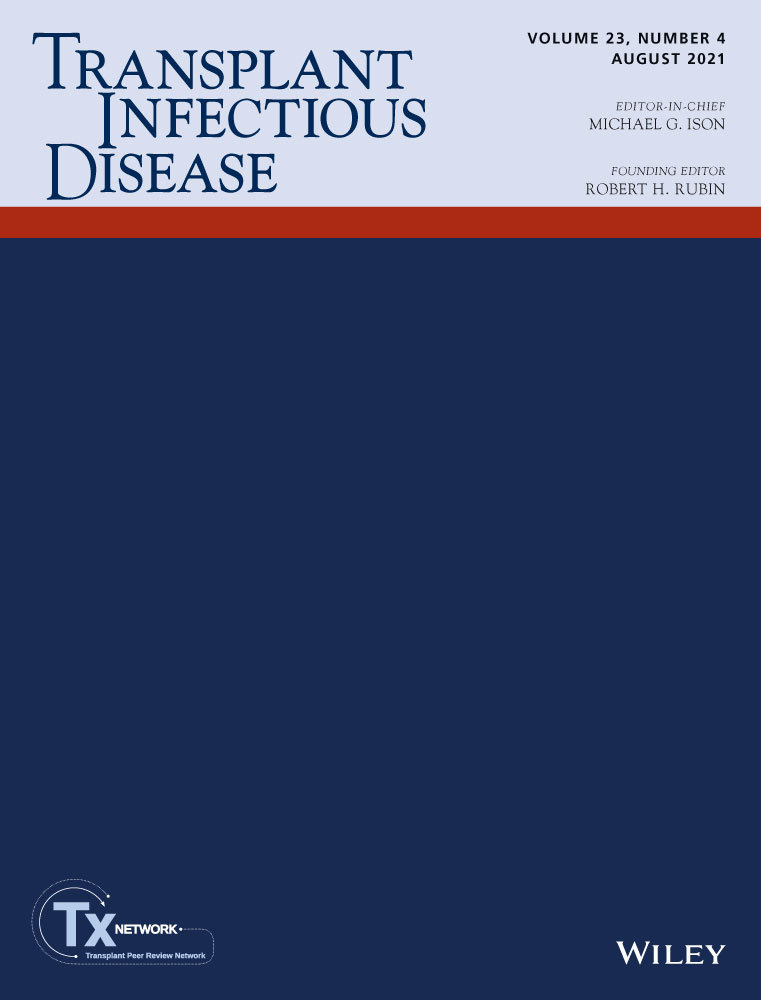Epidemiology and outcome for viremia in children undergoing bone marrow transplant: A retrospective cohort study
Abstract
Introduction
Viral infections pose a serious risk for children undergoing hematopoietic stem cell transplant (HSCT). There are few published case series of prevalence, risk factors, and outcomes examining multiple viruses simultaneously, and no pediatric Australasian data published to date. We describe the real-life experience of viremia in pediatric HSCT in a single tertiary center.
Methods
All episodes of viremia in children undergoing HSCT between 2000 and 2018 were identified by matching HSCT patients’ unique identification numbers with positive blood polymerase chain reaction (PCR) results for human adenovirus (HAdV), cytomegalovirus (CMV), Epstein-Barr virus (EBV), and human herpes virus 6 (HHV-6). Paper or electronic charts and electronic pathology results were used to extract the study variables.
Results
Viremia was detected in 177/445 (39.8%) HSCT episodes, of which 46% were allogeneic and 19% autologous transplants. Viremia was disseminated in 96 (21.6%) episodes, with 80 (18%) having more than one virus. HAdV was detected in 108 (24.3% of total episodes) and frequently in autologous transplants, CMV in 71 (16.0%), EBV in 60 (13.5%), and HHV-6 in 38 (8.5%). Of 174 children, 19 (10.9%) died of a viral-associated cause, with viral mortality highest in CMV (18.3%), lowest in HHV-6 (2.6%) with HAdV and EBV similar (6.6% and 6.7%). Adenoviral (but not other virus) dissemination was significantly associated with lower lymphocyte count at time of first detection. CMV dissemination and death were significantly associated with initial and highest CMV viral loads (copies/mL).
Conclusion
This study presents the first pediatric-specific Australasian data for viremia in HSCT. Findings may help guide clinicians in prophylaxis and treatment decisions.
CONFLICT OF INTEREST
The authors have no conflicts of interest to declare.




